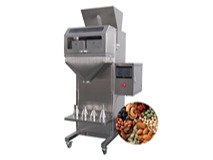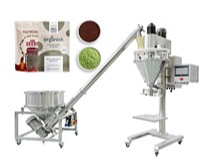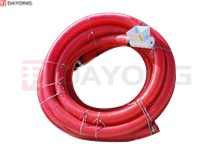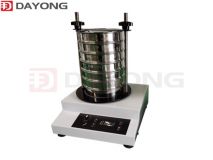Linear vibration screen sieve feed volume control
Linear vibration screen sieve feed volume control
The proportion of the amount of feed and the sieving precision and the yield of the linear sieve have a certain proportion. The larger the feeding amount is, the lower the fineness of the sieving is, and the output is relatively large. Therefore, the amount of feeding and the fineness of sieving are inversely proportional, so take a variety of feeding control to achieve the best screening effect.
_680x576.jpg)
The shortcomings of manual feeding. The use of manual feeding is a small micro-enterprises usually use the feeding method, although reduce capital investment, but the sieve surface damage rate is higher, the output is unstable, affecting the accuracy of raw materials.If the amount of material is too large, easy to accumulate, the motor load is too easy to burn, and the carrying capacity of the screen is also affected, making the screen life shortened. Unstable feeding volume will cause the material in the sieve surface can not effectively bulky, flip, through the screen ,causing low efficiency, thus affecting the user's product quality and economic benefits.

Analysis controlling the feeding method. In order to better ensure the screening effect, the enterprise will use an effective way to control feeding of the straight screen sieve, the most general way is to use chute or vibration feeder, but also need to consider the placement and discharge method of the upper and lower production line and other comprehensive factors.
Some industries use other types of feeding methods, such as the casting industry, the use of vibration vertical hoist instead of the common feeder to achieve the purpose of controlling the amount of feed. In addition to the need to meet the material handling and feeding capacity of the control requirements, also need cooling treatment.The control method of the feeding capacity of the screening equipment is mainly based on the user site, other equipment supporting to considering, in order to select the appropriate models to achieve economic, energy saving, effective control of the size of the feed.





 (Live chat)
(Live chat)



_213x160.jpg)

 +86-373-3669005
+86-373-3669005 sale@dyvibratingscreen.com
sale@dyvibratingscreen.com +86-373-3669006
+86-373-3669006 From West Room 5, 1st Floor, Building 18, Huilong Yangguang Mingyuan, New District, Xinxiang, Henan, China (Mainland).
From West Room 5, 1st Floor, Building 18, Huilong Yangguang Mingyuan, New District, Xinxiang, Henan, China (Mainland). Your Position:
Your Position:_680x576.jpg)




